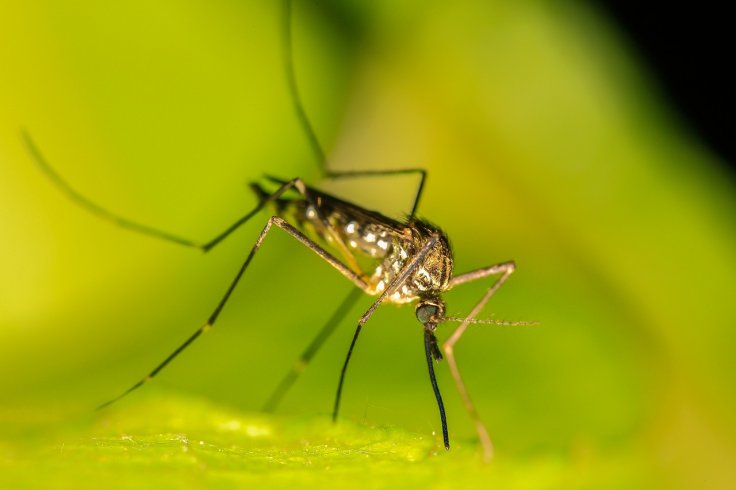A study published in Proceedings of National Academy of Sciences has discovered a mutation in the Zika virus that may have led to the widespread transmission of the virus in 2015/2016, and also as the cause of microcephaly(babies born with small heads) born to mothers infected with the disease.
Pei-Yong Shi, co-author of the research said, "Our study demonstrates that the Zika envelope mutation V473M, which just occurred before the 2015 epidemic in the Americas, enhances Zika virus particle assembly in infected cells. The enhanced virus assembly leads to increased human disease and maternal transmission."
Mosquito-borne Viruses Pose Constant Threat
The Zika virus caused a global epidemic in 2015 and 2016. Like West Nile, dengue, yellow fever, and chikungunya viruses, the Zika virus is primarily transmitted by mosquitoes. These viruses pose constant threats to populations living in areas with mosquitoes.

Dengue virus alone causes 390 million human infections each year. Because these viruses circulate between mosquitoes and animals/humans, they are prone to genetic mutations, making them highly capable of emerging and causing epidemics.
In this study, the UTMB team has identified a mutation in the Zika envelope protein that can enhance mother-to-baby transmission in pregnant mice, increase neurological disease and lethality in newborn mice and elevate virus levels in the blood of infected non-human primates. Pei-Yong Shi added, "The viral genetic change reported here, combined with the naïve herd immunity, may have accounted for the Zika epidemic and severe diseases in 2015 and 2016."
Emergence of Abroviruses
When a mosquito bites an individual with the Zika virus, the elevated virus level in the blood increases the potential of transmitting the virus to mosquitoes, consequently promoting the establishment of urban transmission of the virus between mosquitoes and humans.

"There are over 500 known arboviruses, among which 100 of these can cause human diseases," said Chao Shan, a former UTMB Research Scientist who co-senior authored the study. "Because arbovirus polymerase - an enzyme responsible for amplifying the viral genetic footprint - lacks proofreading capability, these viruses are prone to high mutation frequencies. So, these viruses often emerge and reemerge. During the past two decades, we have witnessed the emergence of West Nile, dengue, yellow fever, chikungunya viruses, and Zika viruses."
"RNA viruses are the pathogens most often responsible for outbreaks and epidemics, including Ebola virus and SARS-CoV-2, the virus causing COVID-19" said Shi. "Understanding the mechanisms of viral emergence and transmission is essential to detect and respond to future outbreaks. Although the world is currently focusing on COVID-19, I am certain that COVID-19 will not be the last emerging virus we face. Moving forward, building public health capacity and countermeasure technology are the only effective means to overcome these threats," he concluded.
(With inputs from agencies)









